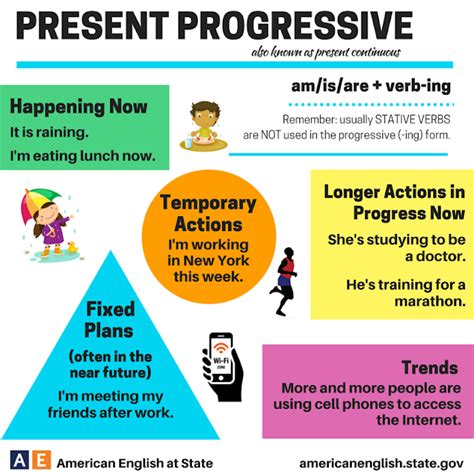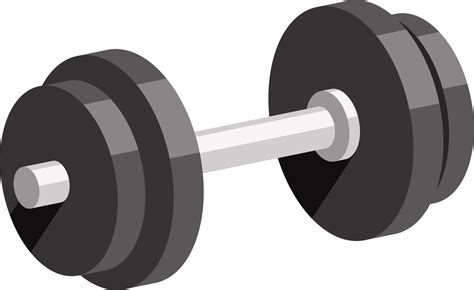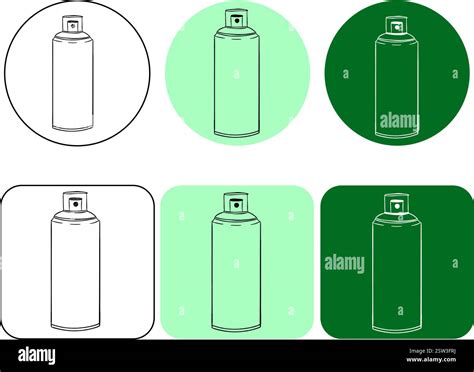Boost strength: What 3 methods rapidly overcome workout plateaus for peak gains?

Crushing the Plateau: Strategies for Uninterrupted Strength Gains
Every dedicated lifter eventually confronts the dreaded workout plateau. That moment when your progress stalls, your lifts refuse to budge, and motivation wanes. It’s a frustrating yet common hurdle on the path to peak strength. However, a plateau isn’t an endpoint; it’s a signal to adapt and evolve your training. By implementing specific, strategic changes, you can rapidly shatter these barriers and continue on your trajectory toward unparalleled gains. Let’s dive into three proven methods that will help you overcome strength plateaus and unlock new levels of power.

Method 1: Rethink Progressive Overload
Progressive overload is the fundamental principle of strength training: continually increasing the demand on your muscles. But when gains stall, simply adding more weight might not be enough or even possible. The key is to vary how you apply progressive overload. Instead of just adding weight, consider increasing:
- Repetitions: If you’re stuck at a certain weight for 5 reps, try achieving 6 or 7 reps before increasing the weight.
- Sets: Add an extra set to your main lifts.
- Time Under Tension: Slow down the eccentric (lowering) phase of your lifts to increase the stress on the muscle.
- Frequency: If you train a muscle group once a week, try twice a week (with adequate recovery).
- Reduced Rest Times: Shorten the rest intervals between sets to increase metabolic stress, leading to hypertrophy.
By manipulating these variables, you can provide a novel stimulus to your muscles, forcing them to adapt and grow stronger even if the weight itself isn’t increasing immediately.

Method 2: Embrace Strategic Periodization and Deloading
Constantly pushing your body to its limits without planned breaks or variations can lead to overtraining, burnout, and, you guessed it, plateaus. Periodization involves structuring your training into cycles (macro, meso, micro) with varying intensities and volumes. This allows for planned recovery and prevents your body from fully adapting to a single training stimulus.
A crucial component of periodization is deloading. A deload week typically involves significantly reducing your training volume and/or intensity (e.g., 50-70% of usual volume/intensity) for 5-7 days. This allows your central nervous system (CNS) to recover, repairs accumulated muscle damage, and helps to reduce fatigue without losing significant strength or muscle mass. Many lifters fear deloads, thinking they’ll lose gains, but in reality, they often come back stronger and ready to smash their previous plateaus.

Method 3: Integrate Targeted Supplemental and Accessory Work
Often, a plateau in a major lift (like the squat, bench press, or deadlift) isn’t due to a general lack of strength, but rather a weakness in a specific muscle group or movement pattern that assists that lift. Identifying these “weak links” and addressing them with targeted accessory exercises can be a game-changer.
For example, if your bench press is stuck, you might have weak triceps or shoulders. Incorporating exercises like close-grip bench press, dumbbell triceps extensions, or overhead presses can directly strengthen these supporting muscles. Similarly, if your deadlift stalls off the floor, rack pulls or deficit deadlifts can target specific parts of the lift. Analyzing your sticking points and adding 2-3 specific accessory exercises to your routine, performed with proper form and progressive overload, will build the foundational strength needed to push past your main lift plateaus.

Breaking Barriers, Building Strength
Workout plateaus are an inevitable part of the strength journey, but they are far from insurmountable. By strategically varying your progressive overload, implementing smart periodization and deload cycles, and addressing specific weak links with targeted accessory work, you can not only break through current barriers but also lay the groundwork for continuous, sustainable strength gains. Listen to your body, train smart, and watch your numbers climb to new heights. The path to peak gains is always open for those willing to adapt and innovate.









